This is a bit of an offtopic from my usual posts, because it’s not centered directly around some real social issue, but fiction. I had my own ideas about omegaverse for a while, but I rarely put them together in a concise way in public. Mostly I’ve been insisting that omegaverse is not inherently related to dogs/wolves/canines in general. So now I decided I want to post the full headcanon.
Biology
These people (I will refer to them as “people”, because I don’t think “people” equals “humans”, and I did not make up a proper biological name for them yet) have two chromosomal sexes and three phenotypic sexes. The chromosomal sexes are alpha (the sperm-producing sex) and omega (the ovicell-producing sex). The third phenotypic sex is beta, an infertile sex. Genetically all betas are actually alphas, but they do not have several key hormones functioning. Only one in four people with alpha chromosomes grow up to be an alpha, so the omega to beta to alpha sex ratio is 4:3:1. There are no additional sexes, so there’s no such thing as an alpha female or an omega male.
All babies are born with ambiguous-looking genitals – a short tube-like organ in the lower stomach. Urethra in all sexes is positioned behind that organ. Basic differentiation starts around the age of 5 (in human count), when the person enters puberty. For omegas it widens, turning into a hole, with the remains of the tube structure serving as protective flaps. For alphas it grows in length, gaining resemblance with an Earth mammal’s penis, and becomes capable of erections. For betas little to no changes occur. Puberty is generally over by the age of 10, although alphas typically continue gaining height and mass till early 20s. These species are very sexually dimorphic – alphas grow up to two meters tall on average, meanwhile the average height for an omega is between 1.4 and 1.5. Betas gravitate towards the middle. In addition to that, omegas have much shorter life expectancy than alphas or betas.
They can have 2-4 nipples. A larger amount of nipples is correlated to increased fertility for omegas and higher chances for a chromosomal alpha to grow into a beta. Like many Earth mammals, omegas do not have visible breasts outside of periods of pregnancy and nursing.
Orientations and sexuality
Split attraction model is the norm for these species. They separate between an erotic orientation (sexual feelings, sometimes with a component of sexually influenced romance) and a philic orientation (romantic/friendly feelings). Romance, caused by an erotic attachment, is sometimes referred to as mania.
Overall, orientations are most commonly classified like this:
- Erotic norm: alpha for omega, omega for alpha, lack of attraction among betas;
- Philic norm: alpha for alpha, beta for beta, omega for omega;
- Erotic inversion: alpha for beta (non exclusive), alpha for alpha (non exclusive), beta for beta, beta for alpha;
- Philic inversion: any cross gender combination or lack of attraction, except for presence of alpha for omega and lack of alpha for alpha;
- Erotic perversion: alpha for alpha (exclusive), alpha for beta (exclusive), beta for omega, omega for beta, omega for omega, lack of attraction among alphas and omegas;
- Philic perversion: alpha for omega, lack of alpha for alpha.
The difference between inversion and perversion is that inversion is seen as a flaw, a mostly harmless freak feature, meanwhile perversion is seen as an active threat to the social order than needs to be persecuted and eliminated.
Here are some tables for easier comprehension:
By orientation type
Erotic orientation
| Who \ To whom | Alpha | Beta | Omega | No attraction |
| Alpha | Inversion if nonexclusive, perversion if exclusive | Inversion if nonexclusive, perversion if exclusive | Norm | Perversion |
| Beta | Inversion | Inversion | Perversion | Norm |
| Omega | Norm | Perversion | Perversion | Perversion |
Philic orientation
| Who \ To whom | Alpha | Beta | Omega | No attraction |
| Alpha | Norm | Inversion | Perversion | Perversion |
| Beta | Inversion | Norm | Inversion | Inversion |
| Omega | Inversion | Inversion | Norm | Inversion |
By gender
Alphas
| Norm | Inversion | Perversion | |
| Erotic | Attraction towards omegas | Nonexclusive attraction towards alphas or betas | Exclusive attraction towards betas or alphas, lack of attraction towards omegas/at all |
| Philic | Attraction towards alphas | Attraction towards betas | Attraction towards omegas, lack of attraction towards alphas/at all |
Betas
| Norm | Inversion | Perversion | |
| Erotic | Lack of attraction at all | Attraction towards betas or alphas | Attraction towards omegas |
| Philic | Attraction towards betas | Attraction towards alphas or omegas, lack of attraction towards betas/at all | Not applicable |
Omegas
| Norm | Inversion | Perversion | |
| Erotic | Attraction towards alphas | Not applicable | Attraction towards omegas or betas, lack of attraction towards alphas/at all |
| Philic | Attraction towards omegas | Attraction towards alphas or betas, lack of attraction towards omegas/at all | Not applicable |
Polyamory of all sorts is also widespread. The main exception is philic love among alphas that is typically monogamous.
Omegas have heat cycles, lasting approximately 3-4 weeks twice a year. During heat they experience a sudden massive spike in libido (they are mostly disinterested in sex at other times) and release pheromones that alphas respond to. Unlike omegas, alphas are capable of wanting sex and conceiving a child spontaneously. It is less common, although not particularly rare, for an alpha to feel sexual desire towards an omega who is currently not in heat.
Traditional family and society
A traditional family unit that stayed relevant for a long time (up to industrial revolution) consisted of two married alphas with a shared harem of omegas, their young children of all genders, sometimes one or two alpha heirs, their adult beta children, and some adult betas they may not be directly related to. The family structure was extremely unequal: alphas had full authority over everyone else, betas were typically legally free servants in charge of everyday household maintenance, meanwhile omegas were classified as property. Only alphas were full citizens with the right to vote and propose social decisions.
All children were brought up by omegas till they entered puberty, after which alpha children were separated and became the concern of betas. Beta children could be separated slightly later, and omega children stayed till the end of puberty, after which they were typically sold or given away to other alphas. Maturing betas could either join this household as additional servants, or move in hopes of finding a better place. Some amount of betas, mostly the ones involved with crafts or medicine, formed urban communes. Maturing alphas could stay with their parents (the alpha couple were legally and socially regarded as the parents of all their children, even though only one was biologically related to each child) if these parents were already old and needed support and public representation of a younger and more active person. As a rule, such an alpha would inherit the household after the parents’ deaths. However, alpha children of younger couples tried to move out and create their own families – young alpha couples did not like other adult alphas in their homes.
The traditional interests of an alpha were war, philosophy, religion, and art. More casual and material activities, such as medicine, mechanisms, and agriculture were considered the sphere of betas and way less respected. This division has led to a large shift in the balance of social power after the beginning of the industrial revolution. This resulted in a real political revolution in several regions, marked by a temporary union of betas and omegas, and a gradual decline and fall of the traditional system in others.
Contemporary society
The contemporary society is much more balanced and equal socially. However, a large amount of stereotypes and prejudices remains. Alphas, betas, and omegas still heavily prefer the company of their own gender, and this social inertia turned out to be hard to beat.
Contemporary omegas tend to group in agricultural communes in suburbs and the countryside. Many of them take hormonal medication that prevents them from entering heat and increases their life expectancy, and only stop it voluntarily for a brief period of time, in case they want to get pregnant. Negative attitudes towards both other genders and stereotyping them as a source of violence are extremely common. Most of them do not have long term sexual relationships with alphas, and many do not want to bring up alpha children.
Betas are de facto the new social elite, even though they do not have anything comparable to the old social power alphas used to have. They occupy most governing positions and lead scientific research, “softly” gatekeeping the other two genders out of it. They still also heavily practice communal living, although some nowadays prefer single person apartments. Very frequently they adopt children of any gender.
Alphas still take advantage of some residual aura of power and authority, although it has become a double-edged sword. A minority of alphas become successful politicians, actors, writers, and other celebrity performers, meanwhile most live their lives and die doing low paid physical labor. The traditionalist mindsets are not uncommon, although many traditionalist alpha organizations and ideologies are now illegal. Alphas still form monogamous couples and still struggle getting along with other, unrelated alphas, which is a part of the reasons behind the drastic gap between social success and failure. Hormonal treatments that lower libido and somewhat alter their mindsets also exist, although alphas who use them are way less common than omegas.
The new society is characterized by a much larger diversity of sexual and gender expression, and if non normative erotic preferences can be pursued somewhat safely, there may be some complications for non normative philic ones, especially for alpha/omega partners who want to live together. Gender transition poses additional challenges due to sexual dimorphism and large communication gaps between genders. As a result, people with non normative orientations and genders form a growing community that’s much more tied together materially than the human queer community.
Planet
This is a later addition to the original post. I want to put together some geographical things I made since. Everything is still in progress and may be revised.
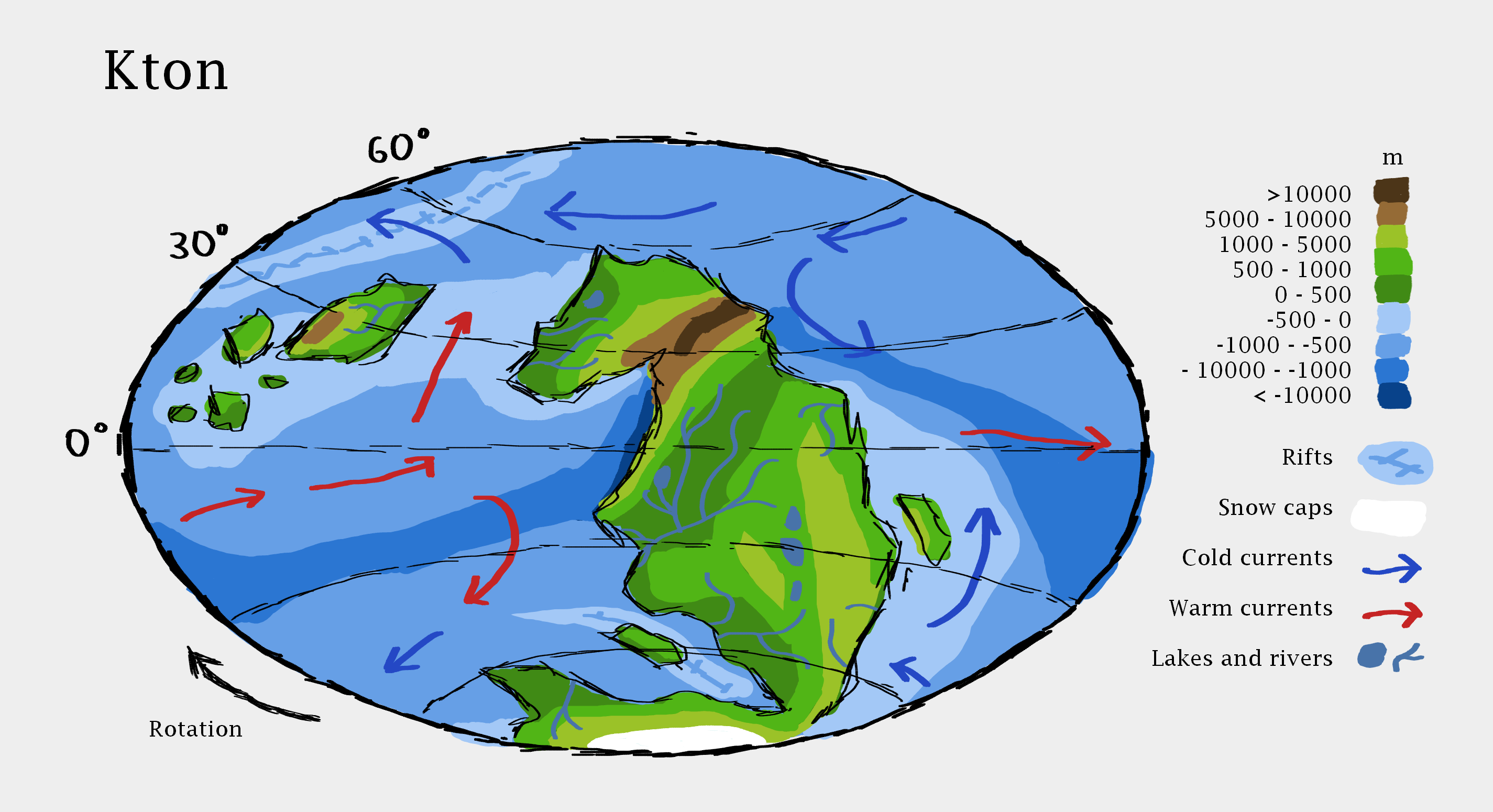
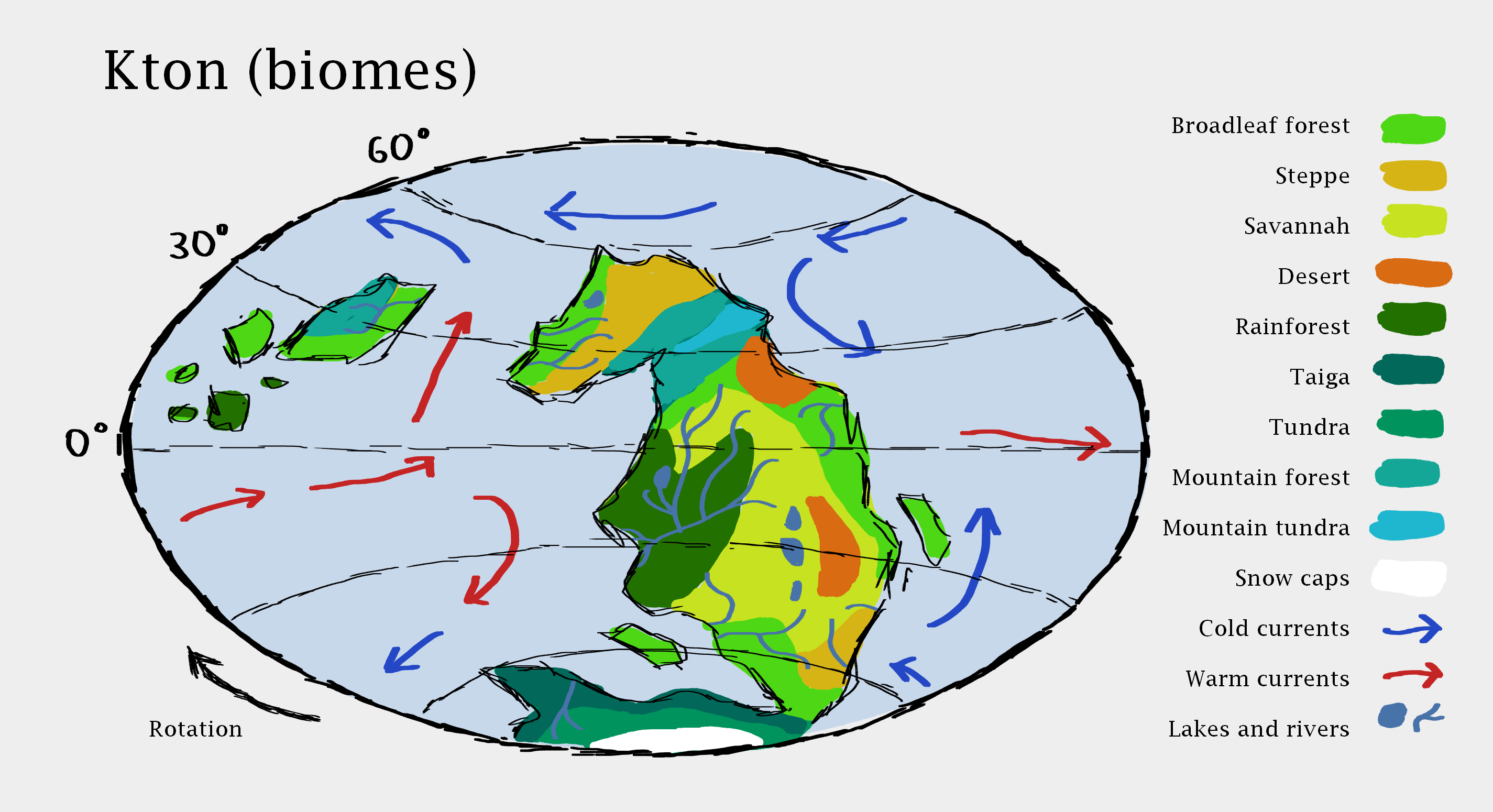
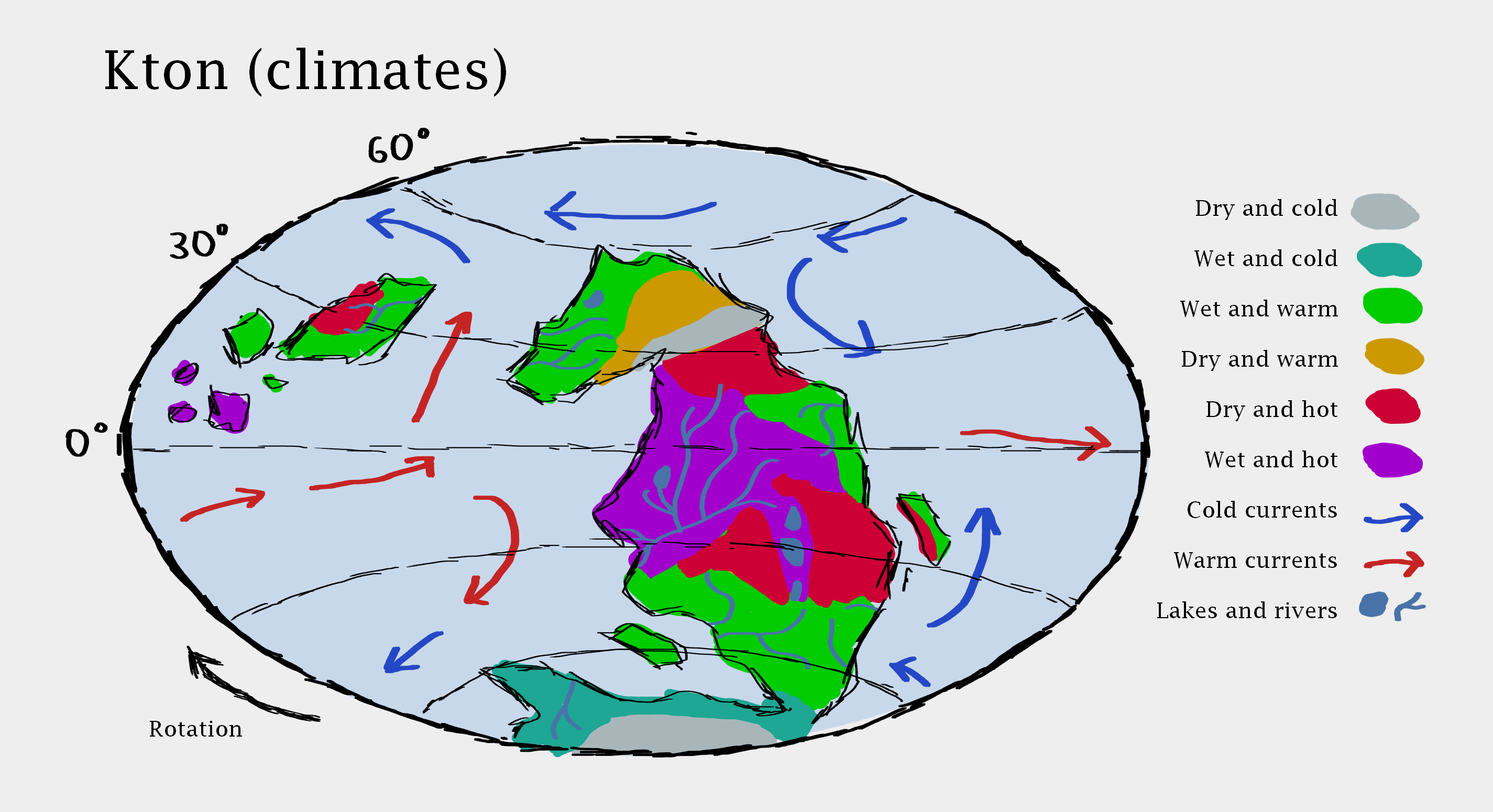
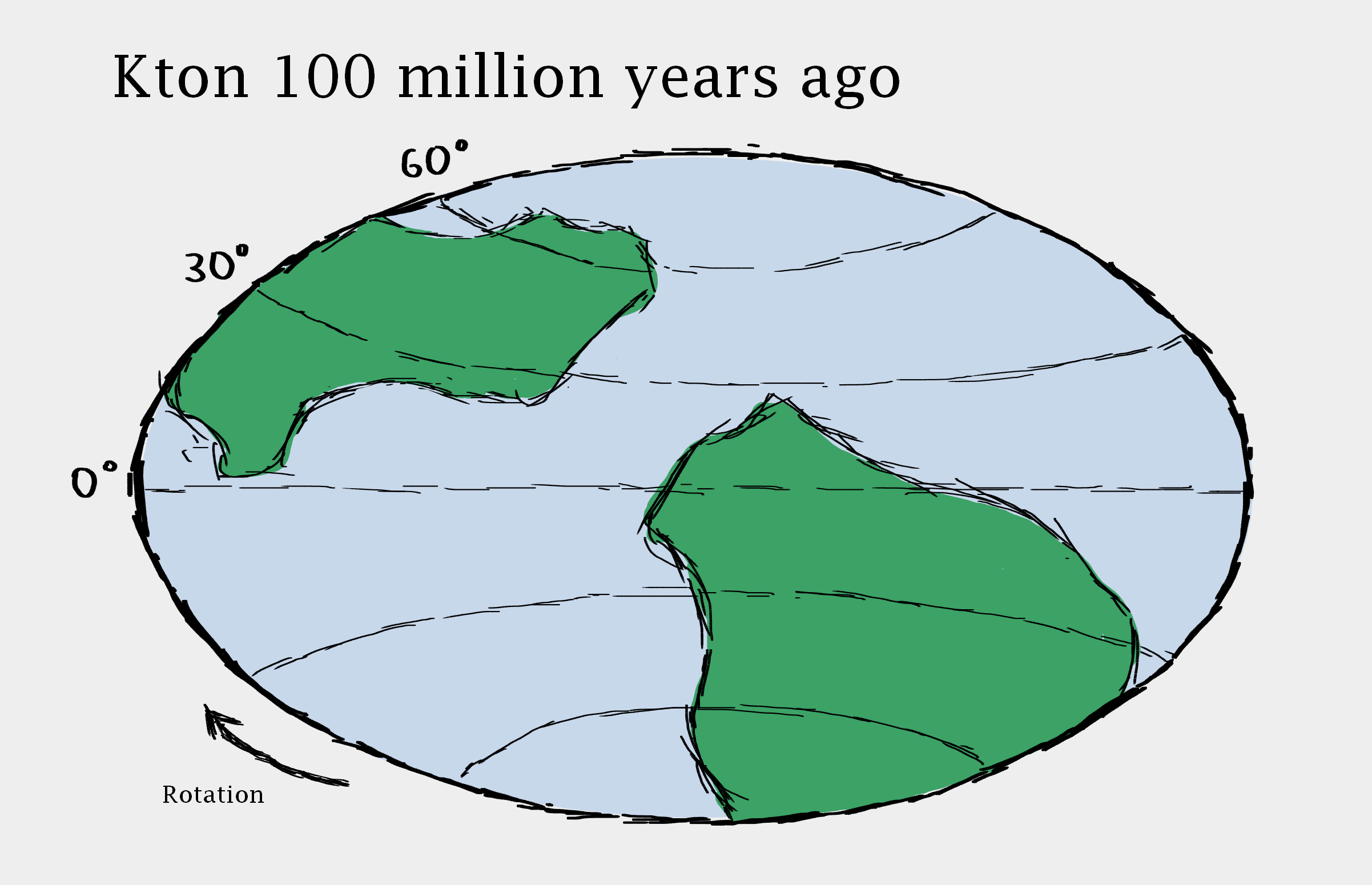
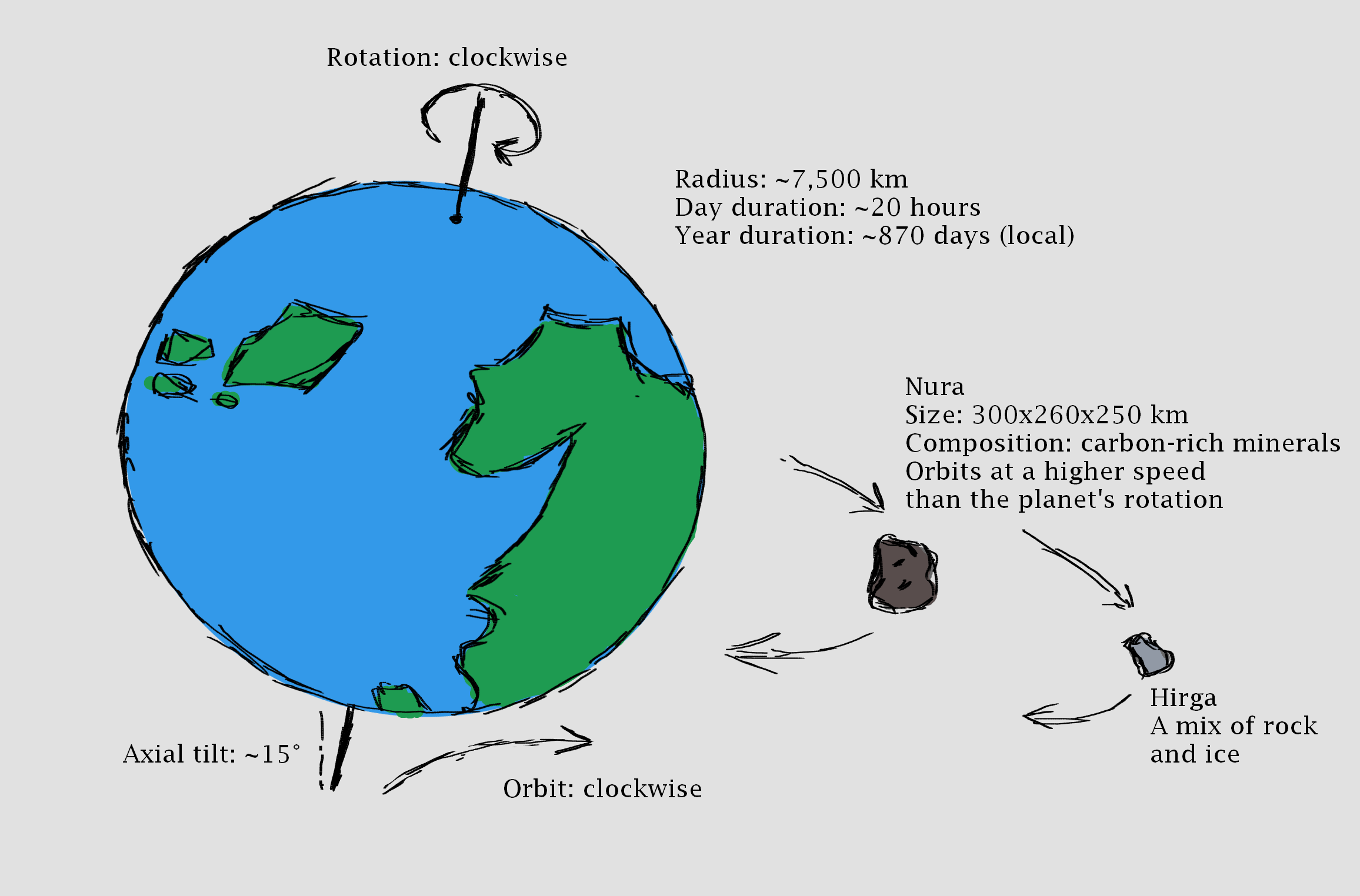
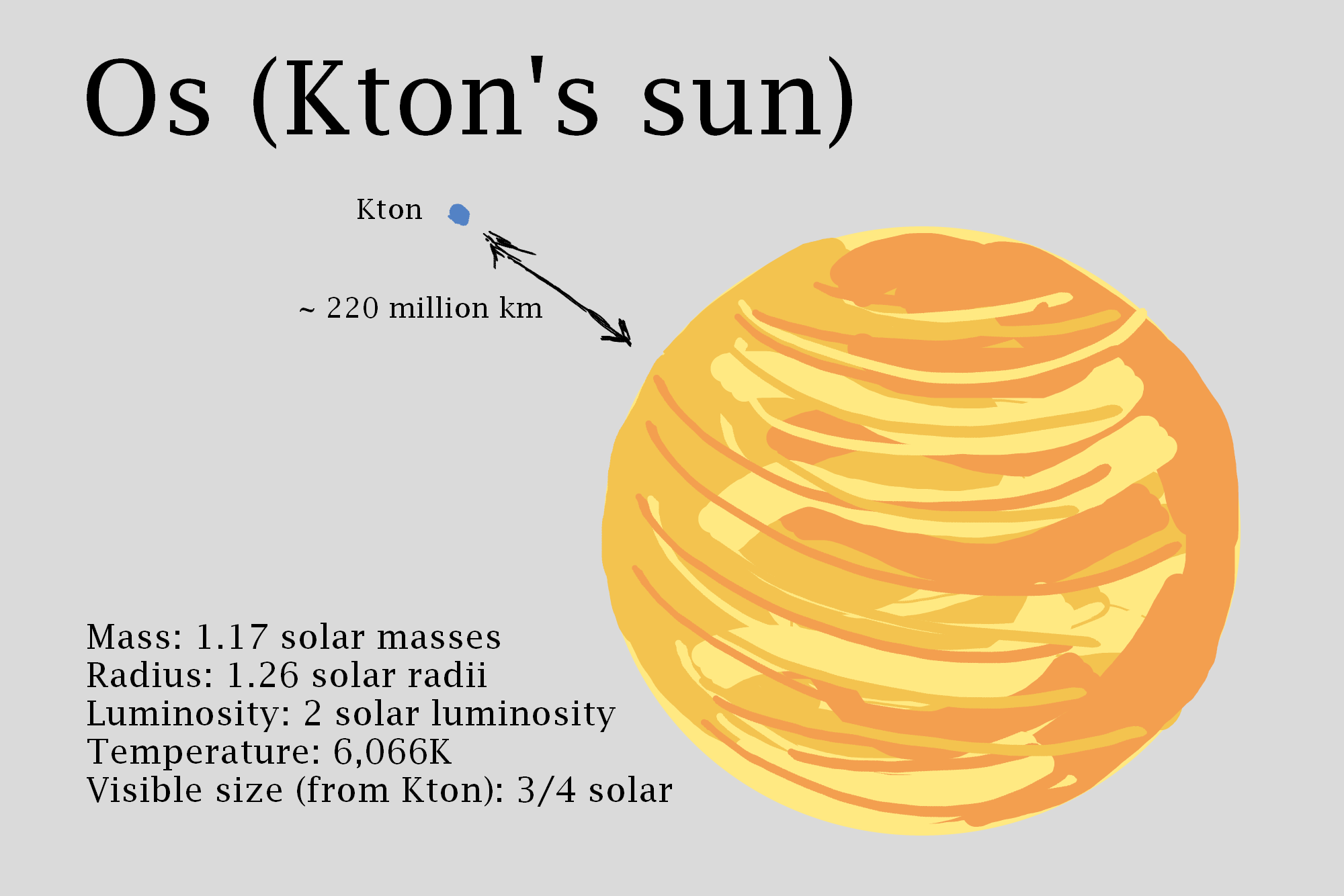
Leave a Reply